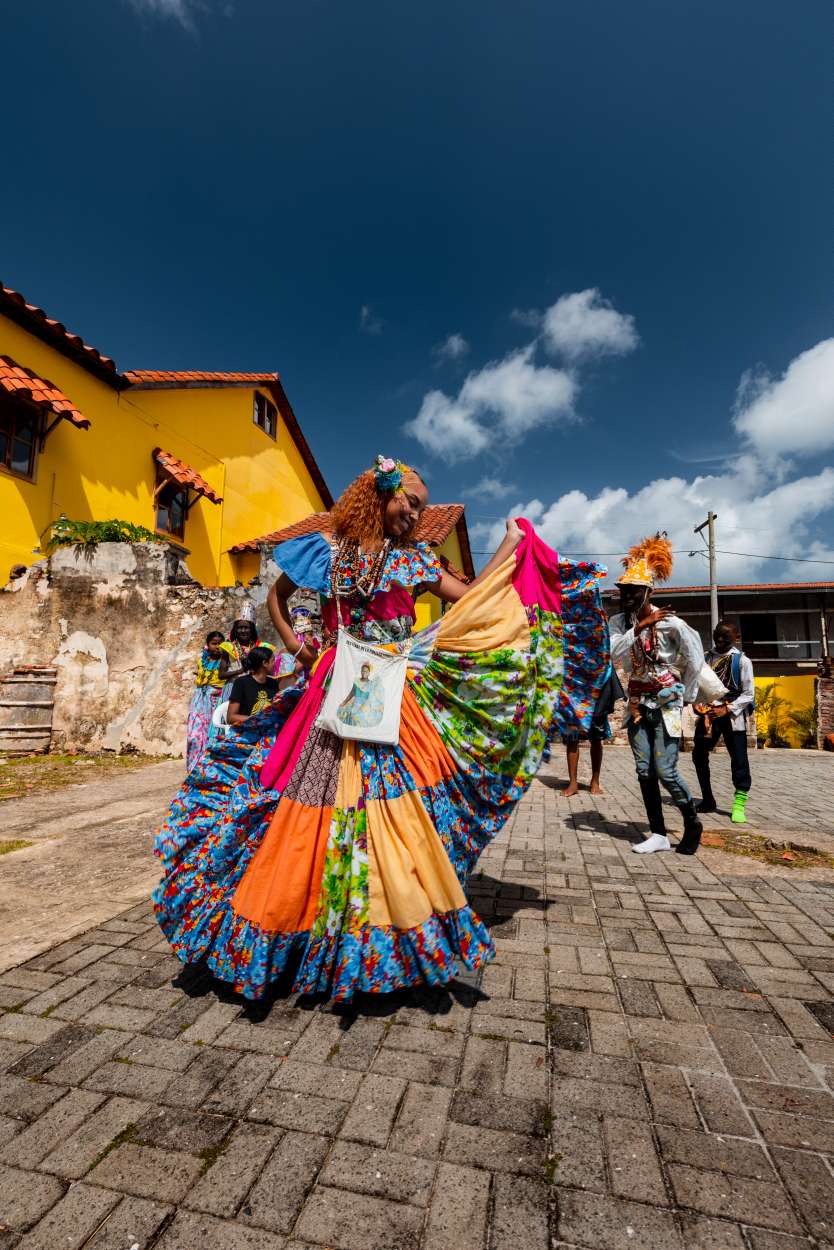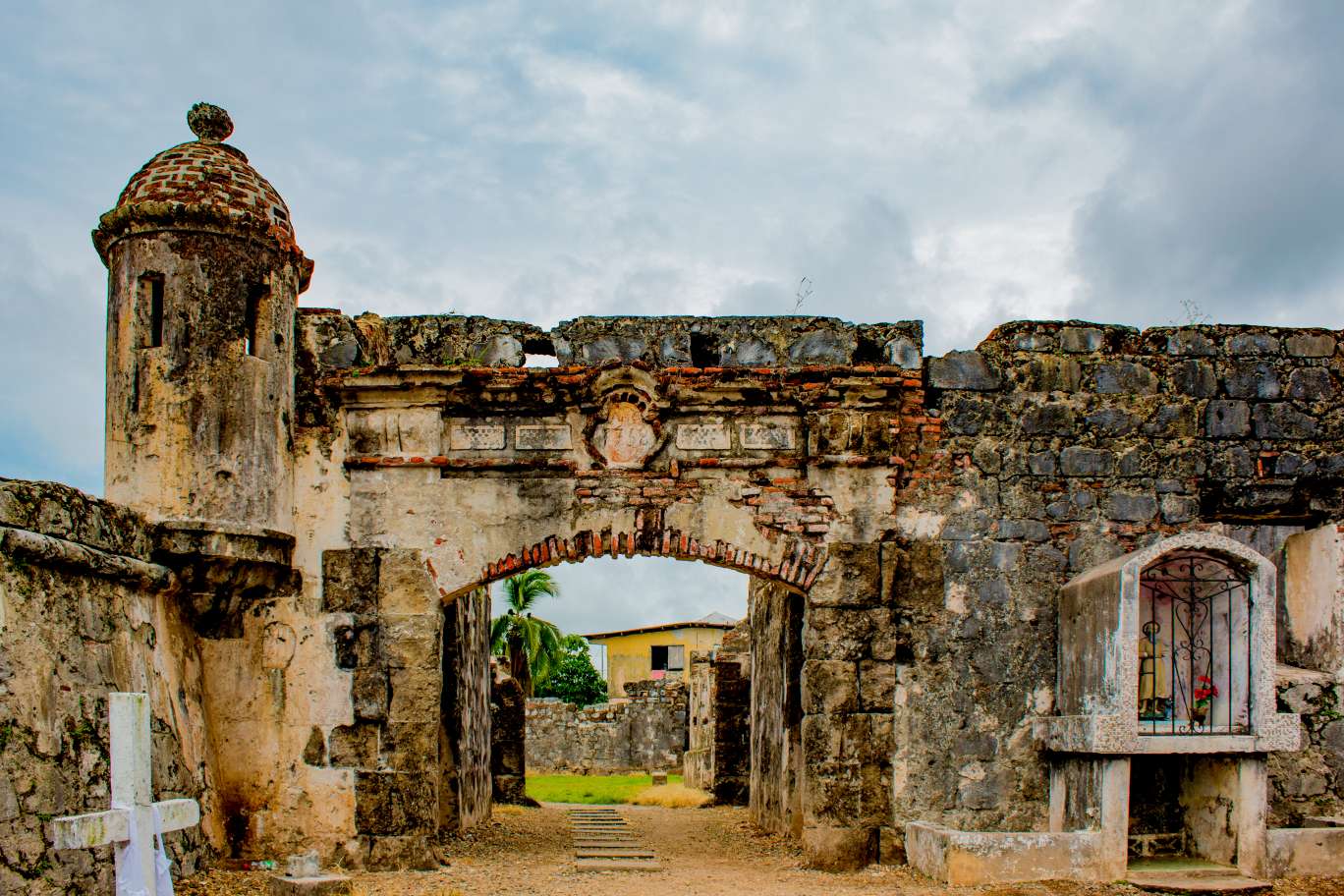Portobelo Bay was discovered by Christopher Columbus on his fourth voyage aboard the Santa Maria, on November 2, 1502. Due to its unmatched beauty, it was named Porto Bello.
One of the Most Important Ports During the Colony.
Located in Colon Province, Portobelo was one of the most important ports in America during the colonial era. It was a must stop on the route of ships transporting goods from South America.
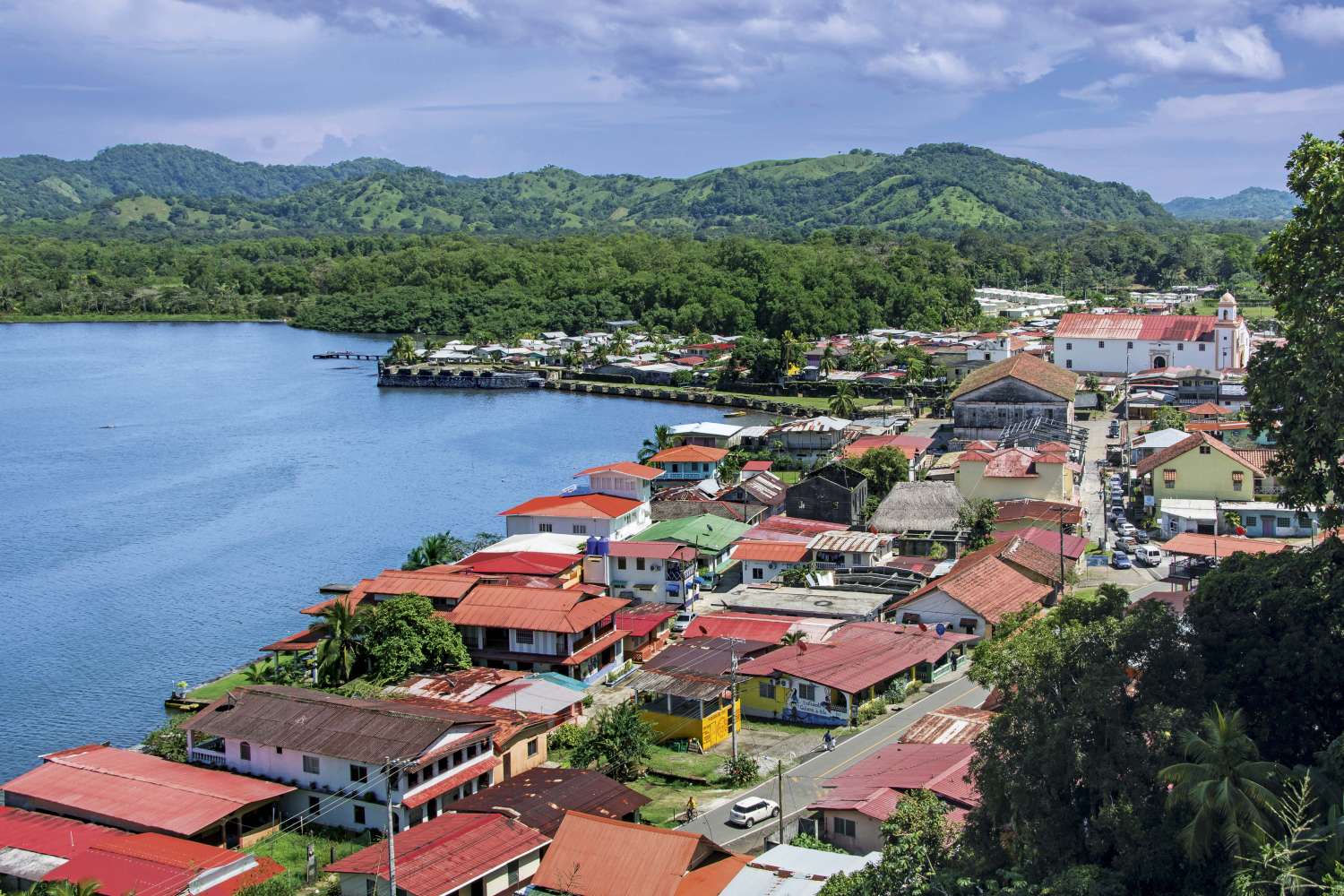
Trade Fairs of International Scope
Famous trade fairs were held here, which lasted up to 40 days. The last one was held in 1739. Between the 16th and 18th centuries it was also one of the most important silver export ports in New Granada and one of the departure ports of the Indies Fleet.
The Gold Route
Gold from South America, especially Peru, was transported from the Pacific to the Atlantic on mules along the Camino de Cruces, continuing along the Chagres River in small boats until reaching the port of Portobelo. From here it was transported to Spain.
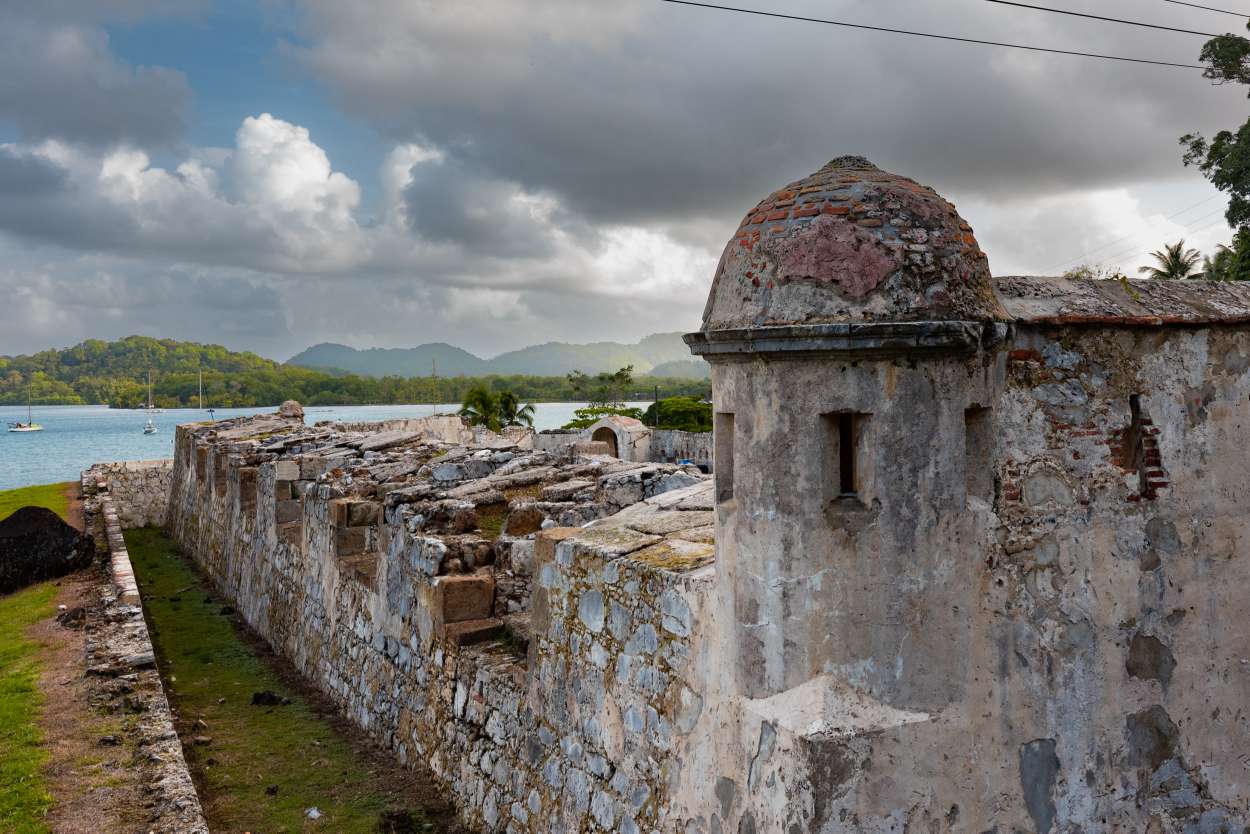
Unprecedented Military History
In Portobelo there is impressive military architecture inherited from the colonial era. This monumental complex is made up of San Jeronimo Castle, the Portobelo Customs building, San Felipe Church, Fort Santiago de la Gloria, the Santiago Battery, the Tres Cruces Bastion, the Santiago Fortress, La Trinchera, the Farnesio Fort, the Colonial House, the San Fernando High Battery, the San Fernando Low Battery, the San Fernando Fort House, the Patio de Mulas, the Colonial Bridges and the San Felipe Castle. In 1980, UNESCO declared the port and fortifications of Portobelo a World Heritage Site.
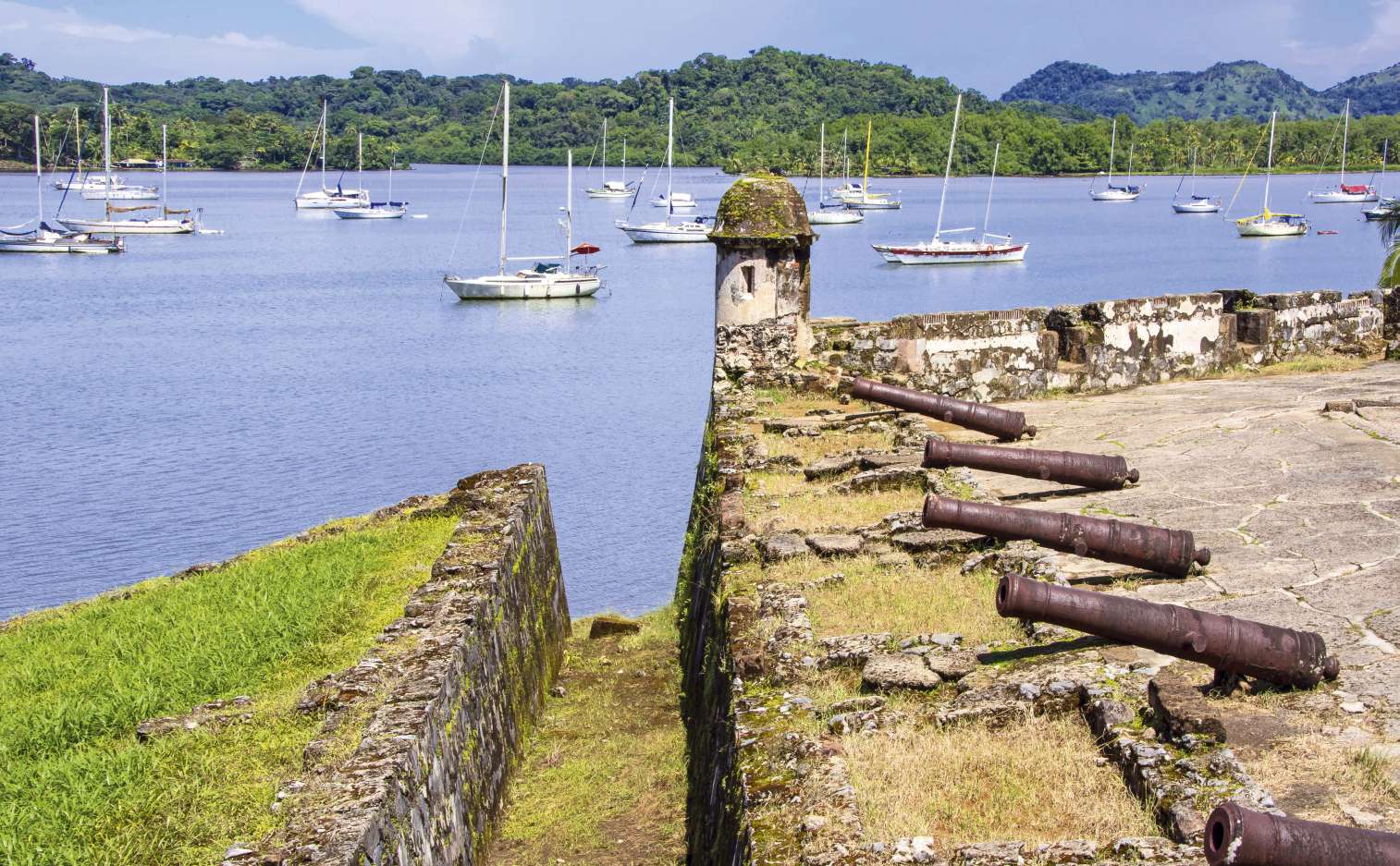
The Black Chris a Popular Religious Celebration
This historic town also has one of the largest and most important religious traditions in Panama and the region, such as the Black Christ procession of Portobelo. Every October 21, the San Felipe Church receives thousands of pilgrims from all over the country and abroad, who arrive on foot for Faith, devotion to pay a favor or ask for a miracle from the Black Christ.
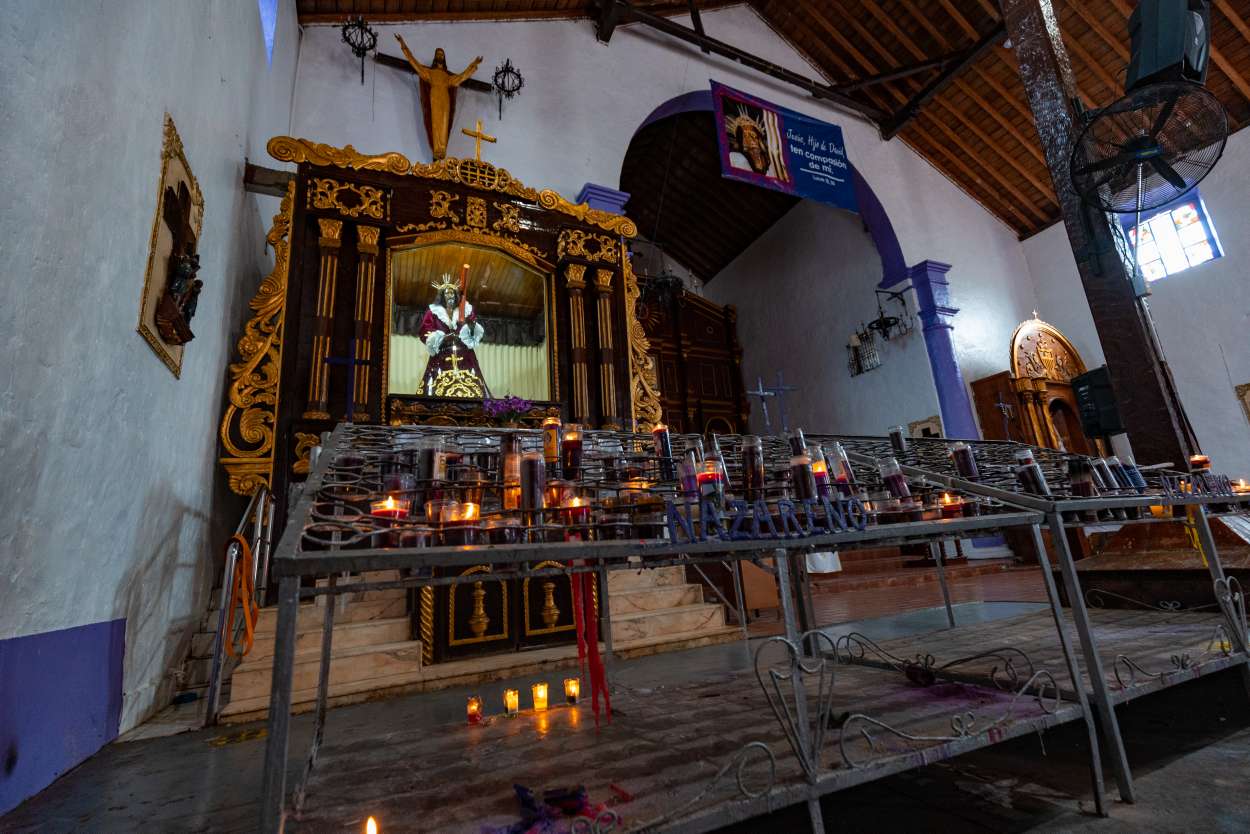
Congo Culture from Africa
Portobelo is the birthplace of El Congo, a culture that was born from the syncretism of the black slaves who arrived from Africa enslaved by the Spanish. It is characterized by a theatrical and mime type dance with sensual and strong movements. Colorful costumes and masks are used that represent the beauty of nature. To the sound of the drum, they dance with their own and improvised movements, using particular expressions that represent situations. The ritual and festive expressions of the Congo culture were named Intangible Heritage of Humanity by UNESCO in 2018.
